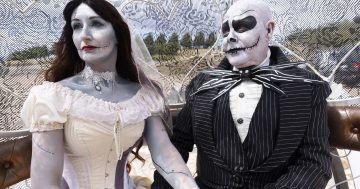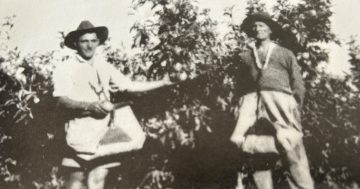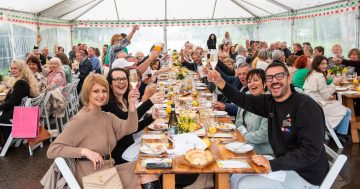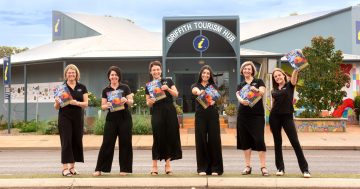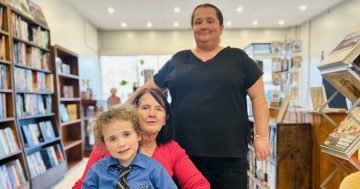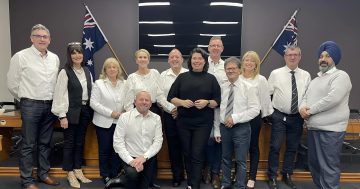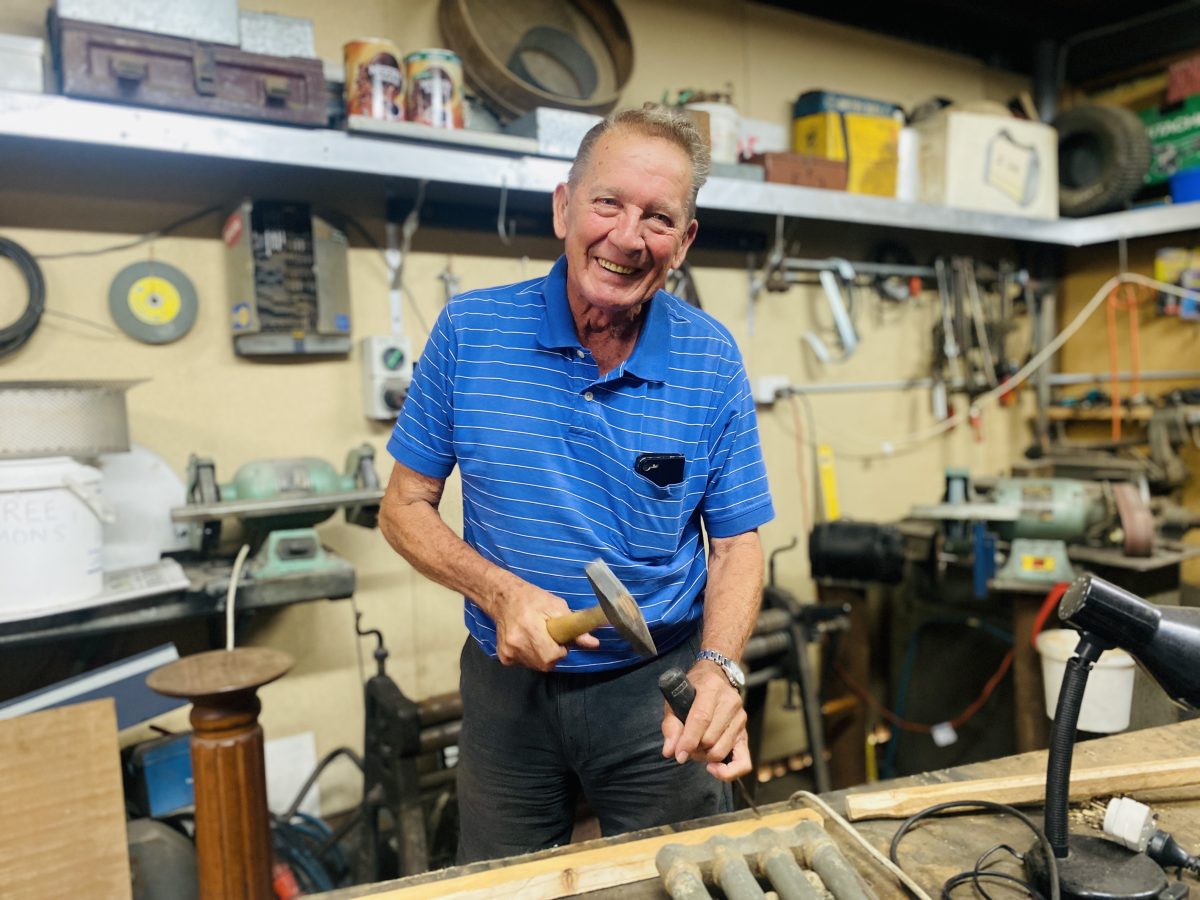
Laurie Bellincanta is 81 and still does odd jobs on a volunteer basis. Photo: Oliver Jacques.
If you’ve lived in Griffith for a while, chances are you’ve entered a building that Laurie Bellincanta had a hand in constructing.
“We built the old ex-serviceman’s club before it burned down,” he said. “The original school at Yoogali, back in the early 1960s. The church at Yenda. A lot of houses in the old part of town. The former council shire chambers. I also redid the John Dalla (J&P Motorcycles) store.”
Mr Bellincanta, 81, worked as a carpenter and builder for 57 years, only finishing up at 74 due to a bad back. But he continues to do odd jobs on a volunteer basis and helps maintain a house for a daughter no longer residing in town.
“I can still fit a lock and mow lawns, but I can’t lift anything heavier than a schooner,” he joked.
Born in Italy in 1941, his father moved to Australia just after World War II, where he got a job at Griffith Producers, a co-operative that sold fruit and vegetables. Laurie migrated here a few years later as a nine-year-old, after a harrowing 35-day boat journey with his mother and siblings.
“We came with Lloyd’s shipping company. It was a floating pigsty. There were 1500 migrants and a crew of 200. We went from Italy through [Egypt’s] Suez Canal, then Yemen and from there we went to Colombo [now Sri Lanka], where we were anchored out in the bay and saw the locals selling bananas. They’d hook up a rope, people would attach their money and then they send up the bananas. We loved them as we couldn’t afford bananas in Italy.
“We were hit by a cyclone between Colombo and Fremantle. There was water cascading down the stairs, people were vomiting everywhere … It wasn’t the Love Boat, it’s a wonder it didn’t sink.”
Life didn’t get much easier for young Laurie in his new home, where he started doing carpentry at 15. In those days, each tradesman had to be a jack of all trades.
“We used to mix concrete, did bricklaying, gutters, pipes, we did everything except electrical work and drainage. Back then, there were no excavators, there was no ready-mix concrete, everything was manual. All the timber was cut by elbow grease and all for peanuts. We were barely paid board, I would earn more money picking fruit.
“I remember there were days when it was over 40 degrees and we’d be working on a roof – we’d have to start at 4 am and go until midday. But it was so dark when we started, you couldn’t see. We also had to carry an old towel to cover our hammers and tools; you couldn’t pick them up because they got red hot.”
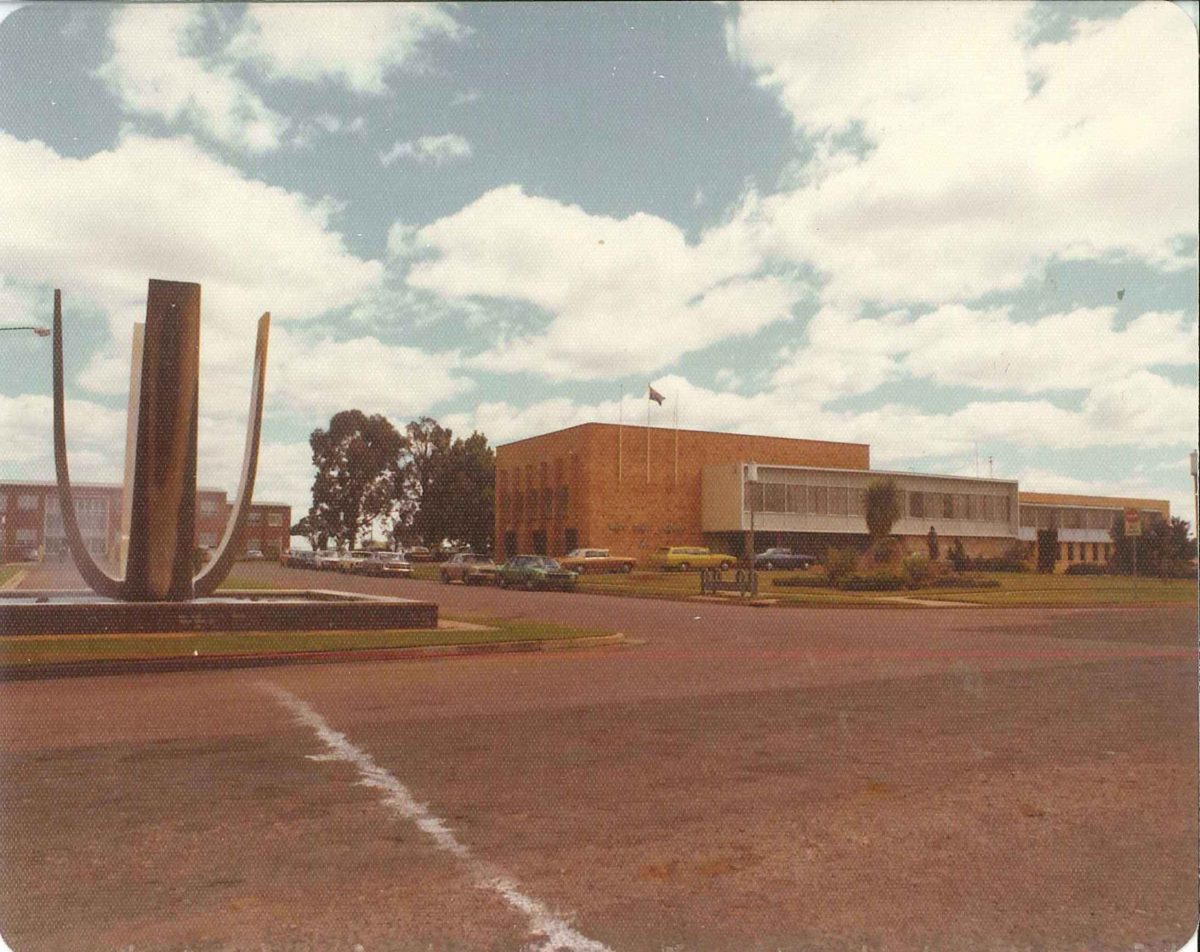
The old Griffith Council Chambers building, which Mr Bellincanta helped to construct. Photo: Western Riverina Libraries.
Mr Bellincanta said he built houses in an era when they sold for under $30,000.
“Back then, most homes were two-bedroom. They had to design them so there was provision to extend the roof symmetrically to add an extra bedroom, which most people did. They’d just have a carport … then they started doing garages and double garages and ensuites came on the scene, so the price got dearer and dearer. Initially, nobody had air-conditioning or heating.”
Grant McKern, who worked as a builder in Griffith during the same period, said the region benefited greatly from Mr Bellincanta and his countrymen.
“Everyone had a high respect for Laurie. I’ve never heard anything bad about him.
“My first boss was Italian. You’ve got to credit the migrants from there for the work they’ve done here, they had a real work ethic. There was no mucking around, you’d have to get into it. They saw that if you work hard here, you could do well.”
Laurie was able to do well after a tough start to life in his new country. He is now retired in Griffith, where he lives with his wife Elsie. He stills ventures into the toolshed regularly.
“I can’t do a lot, but all work is now free of charge,” he said.








